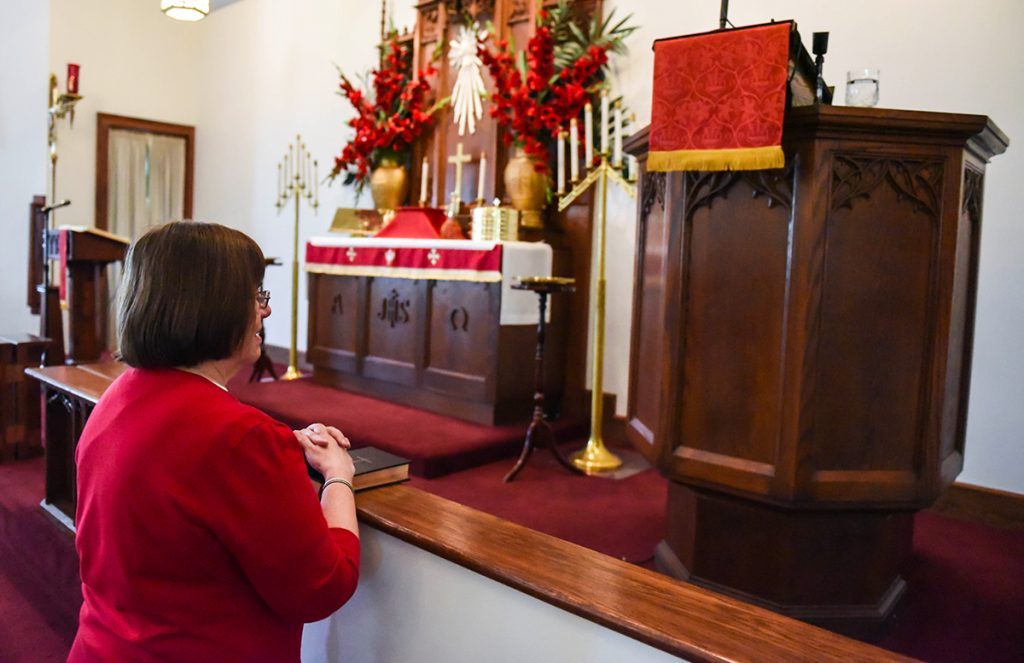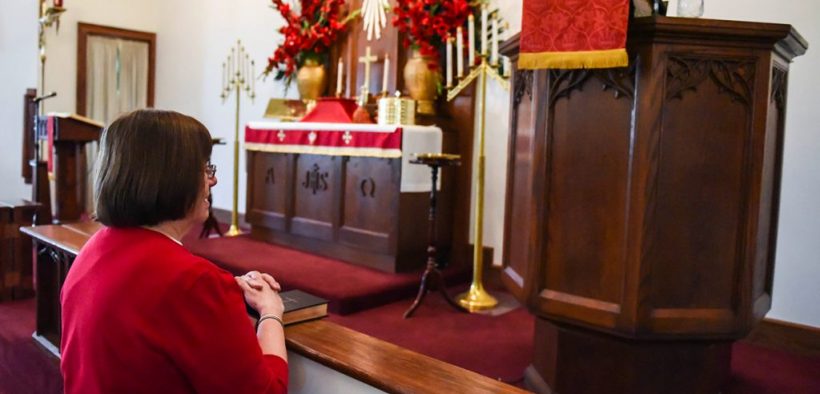
Generations of families have had the blessing of growing up in the LCMS, even as new generations of converts have found their way to Lutheranism. Spending a lifetime as a Lutheran, whether you’re in your 20s, 40s, 60s, 80s or beyond, means basking in the joy of forgiveness, life and salvation year after year. It means not remembering a time without the pure Gospel and growing in wisdom through God’s Word alongside your Lutheran brothers and sisters in Christ.
But what does it look like to “grow up Lutheran,” from the unique perspectives of those in the Millennial, Generation X and Boomer generations?
ALENA
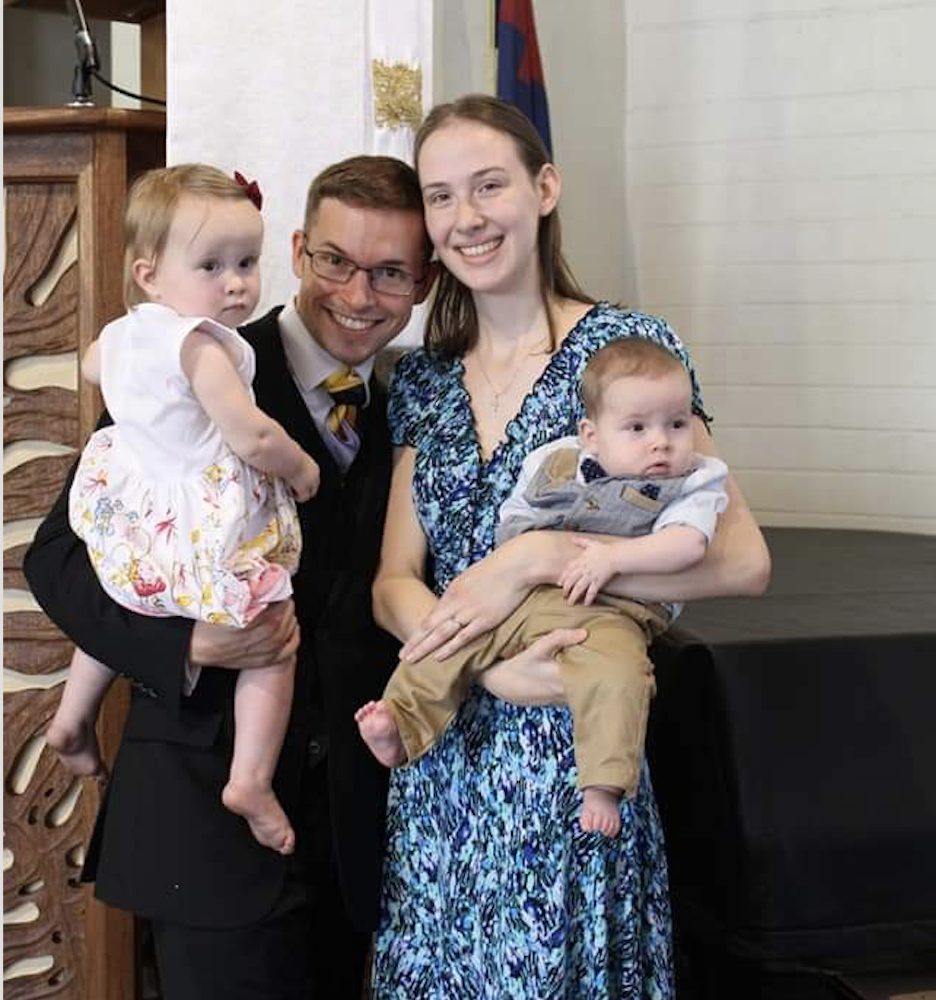
Although she now lives in Hawaii with her husband and two young children, 21-year old Alena Casey grew up in LCMS congregations in South Bend and Fort Wayne, Ind. The daughter of an LCMS pastor, Casey and her seven younger siblings were homeschooled throughout childhood, so their social lives and friendships were primarily through church.
“Growing up Lutheran, my life revolved around church,” explained Casey. “Every morning, we began our day sitting down as a family for prayers, Psalm memorization, hymn singing and Bible reading. My mother recited the entire catechism with us every day until we had it memorized, and then some more. Our Christian faith was something as intrinsic to our life as mealtime and bedtime.”
Although Casey is still quite young, she describes the world of her childhood as one of beauty as viewed through a Lutheran Christian lens.
“As a child, my world was my family and church,” said Casey. “I think this reinforced the significance of our faith, and it also provided a shield to the doubt and sin in the world. To my perception, the world was a beautiful place. We played outside in all seasons, ran barefoot, climbed trees and played house. Church fostered a love of music in me, and my love of music encouraged my faith.”
Between smartphones, television and the constant barrage of false notions “pouring into our households from the world are trying to batter that framework [of the Christian faith] down. I think it is harder than ever to shelter our children to give them a firm foundation.”
While Casey’s upbringing may have looked different from that of other Lutherans both older and younger, the connection that she has with other generations is one rooted in Christ.
“The beautiful thing about Christianity is that we are all united in Christ,” said Casey. “I marvel at how I am a part of the same body of Christ as those years and centuries older and younger than I.”
As she raises her own children in the Lutheran church, Casey’s greatest hope for future generations of Lutherans is that they would “take the rich treasures of our tradition to heart.”
SEAN
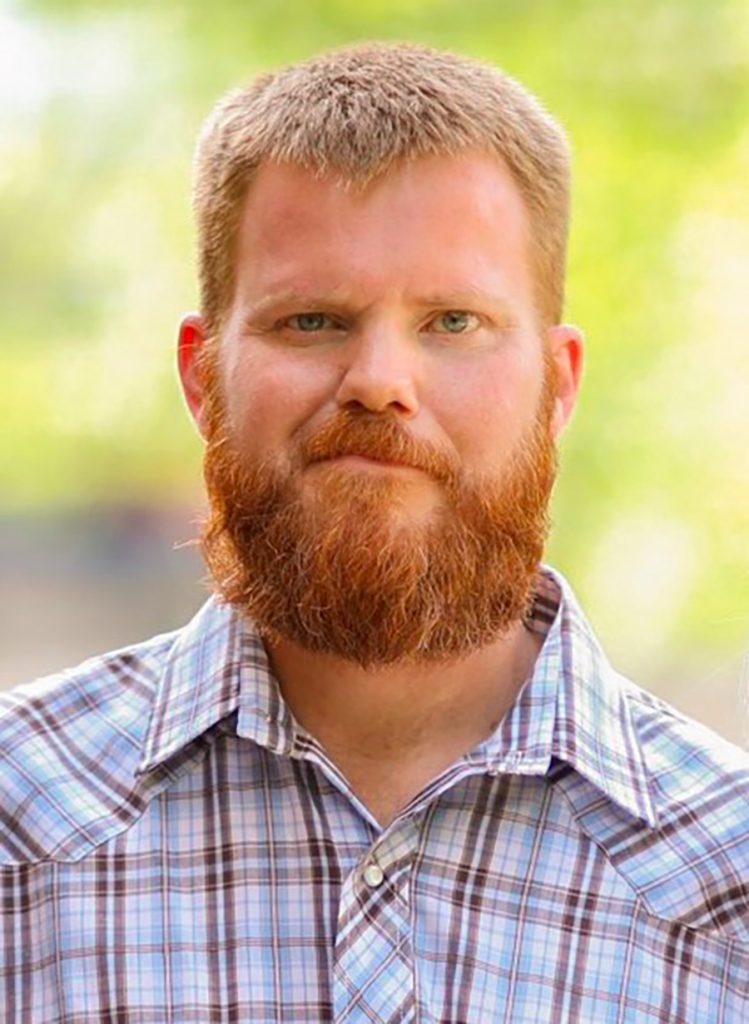
Growing up Lutheran during the Cold War, 42-year old Sean Theiss found his church and home to be places of comfort, security and a safe haven in the midst of chaos.
“The world was a frightening place with the threat of nuclear war,” recalled Theiss. “The world, though, seemed so much calmer and comforting in the confines of my house and church. My parents instilled in me a strong sense of right and wrong. Scripture and the catechism were the primary literature for me.”
It wasn’t only the political climate that caused such a stir as Theiss grew up. Born and raised in Texas, he found himself in the minority as a Lutheran.
“In my experience in Texas, to be Lutheran was to be outnumbered and somewhat of an outcast in social situations since Baptists, Methodists and [Roman Catholics] predominate here,” said Theiss.
And like all Christians experience, there was no shortage of challenges.
“For the bulk of the nine years after I got out of high school, [through college and Army service], I didn’t live my faith well,” shared Theiss. “I went to church, occasionally, out of habit. God woke me up with one experience in Iraq. I won’t say it was a Saul on the Damascus Road moment, but it was enough to turn me more toward God.”

Back in the church for good, Theiss, like Casey, believes that a firm foundation in the faith is priceless.
“My generation saw great change in the demise of the Iron Curtain and the advent of modern technology,” explained Theiss. “The generation after me now confronts a seemingly Orwellian society where right is wrong and blatant sin is acceptable, if not outright encouraged. Generations after me are used to technology infiltrating every aspect of their lives. With that come huge temptations that they have to confront.”
In the face of these challenges, Theiss holds fast to the Gospel and the hope and peace it has brought – and will continue to bring – for countless generations of Christians.
“My greatest hope for future generations [of Lutherans] is that they continue to cling to the hope we have in Christ’s propitiational sacrifice, despite the assaults that Satan and the world will throw at them,” said Theiss. “It will not be easy, just as it wasn’t for the first several generations of Christians. So long as confessional Lutherans are properly catechized, future generations should be well-equipped for these challenges.”
KIM
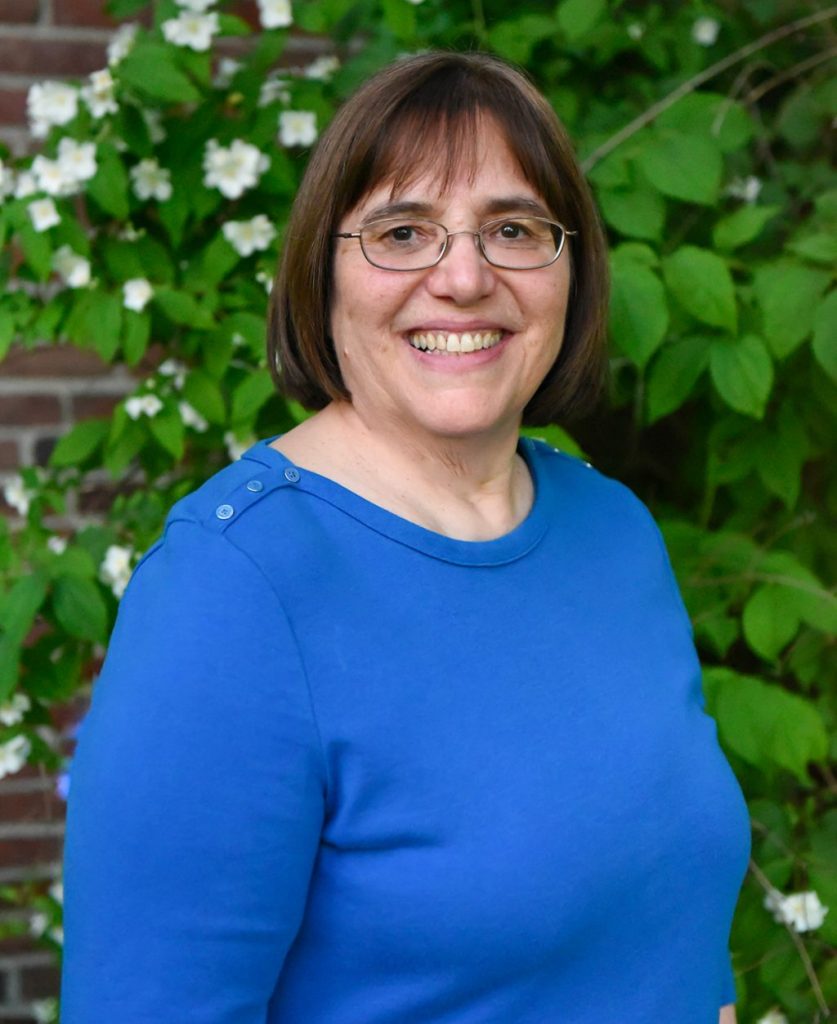
For Kim Purinton, growing up Lutheran in Massachusetts was a bit like Theiss’ situation in Texas – she was part of the minority.
“Massachusetts is not a bastion of Lutheranism,” said Purinton. “Most people did not know what a Lutheran was. I belonged to a close-knit church family – you got together for potluck suppers and everyone had their specialties. No matter how many times you had German potato salad, it was always good and you looked forward to it.”
At 65-years old, Purinton has lived a life that revolves around church. She has sung in the church choir for as long as she can remember and especially enjoyed sharing her faith with friends and others throughout her lifetime.
“It’s harder these days because people are much more distracted,” she said. “When I was a teenager, I used to talk a lot about my faith. Those big questions, when you try to broach that subject, they don’t want to hear it. You have to be braver than ever in sharing the Gospel now. If you find a small opportunity, you have to be brave enough to take it.”
Through all of the changes in the world and culture, Purinton has found Lutheran doctrine to be a strong foundation amidst the chaos of life. Not that her life has been chaotic – in fact, far from it.
“I grew up on 75-acres of land in a house built in 1757,” she recalled. “It had 14 rooms and was very quiet – not many cars or houses. There were no highways. It was much greener. I read lots of books when I was young and they were all made of paper. My mom cooked everything from scratch.”
Purinton’s children, however, live a different kind of life.
“My children live in a faster pace of life,” explained Purinton. “They are juggling many more balls in the air than I ever had to. They live in a sense of urgency and immediacy because of that pace. To me, life now can be chaotic – a Starbucks breakfast on the run, no calm breakfast at home, everyone is always on the go. Just a totally different lifestyle than my generation. We did the eating and the coffee before we left the home. Our cars didn’t have cup holders.”
Regardless of the differences in lifestyle between her generation and the generations after hers, Purinton knows that Lutherans of any age have the most important things in common.
“We share in the same baptism, the same indwelling of the Holy Spirit in us, we are brothers and sisters, and we are going to the same place and we’ll be there for eternity,” said Purinton. “As Lutherans, we have unity of doctrine and a common heritage, back to Luther and back to the apostles. We all believe in Scripture, grace and faith alone, and it’s the tie that binds. I think that’s one of the great things about Lutheranism.”
Purinton believes that growing up Lutheran is the best kind of growing up there is. She hopes that future generations follow in the footsteps of faithful Lutherans before them, constantly holding fast to the Gospel in its truth and purity.
“My greatest hope for future generations is that they cling to the Word,” shared Purinton. “They need to keep hearing it, reading it, taking it in, not just doing it as an obligation, but for joy. Continue to remember their baptism. That is where you can remember who you really are.”
Subscibe to LCEF’s Interest Time magazine.
